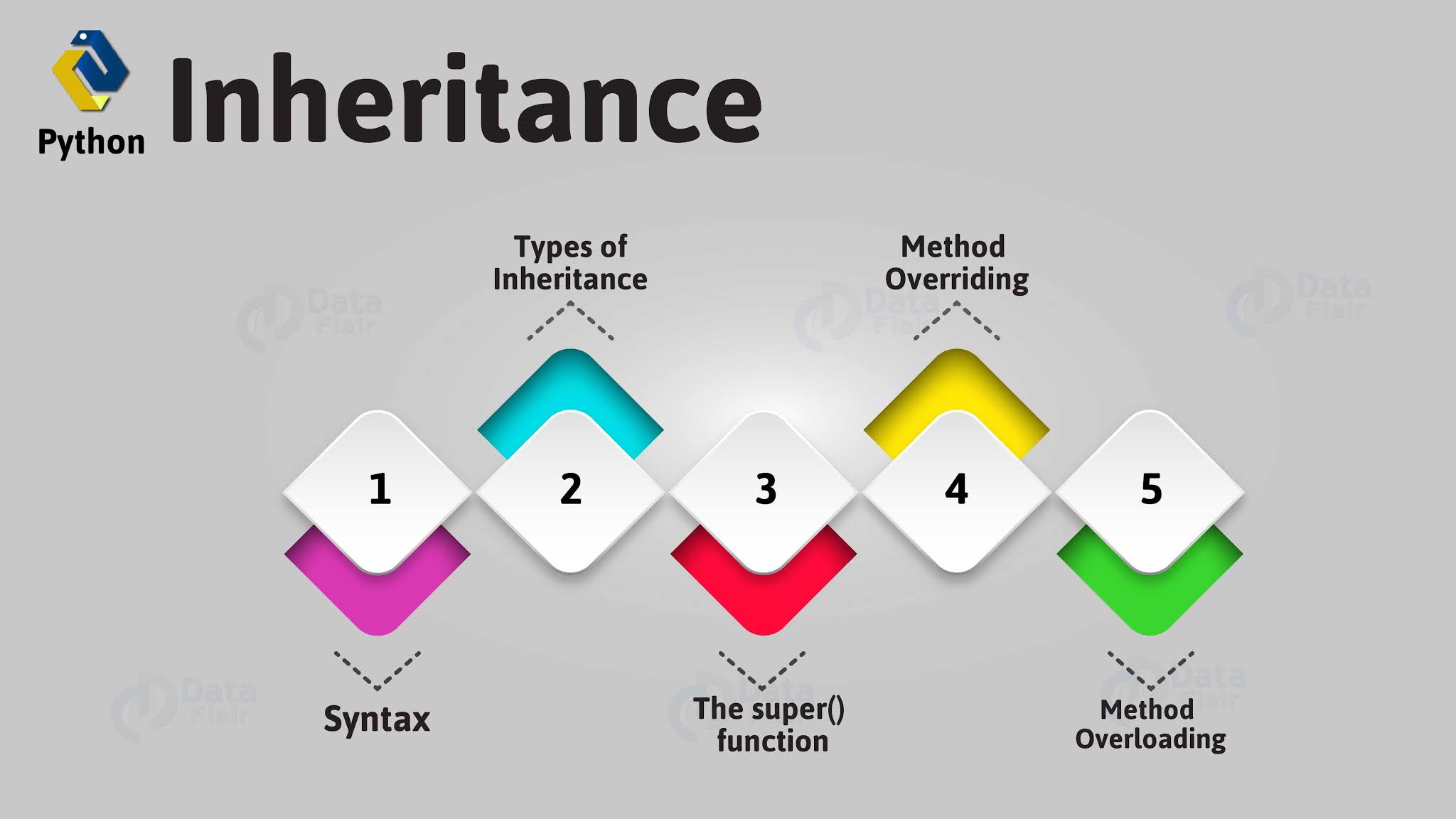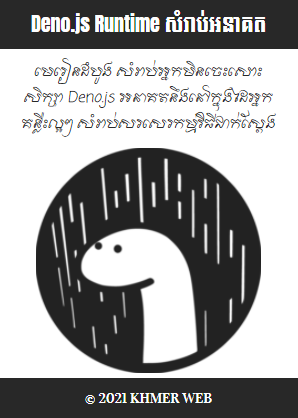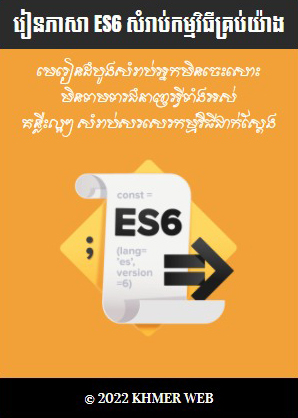inheritance គឺជាការបង្កើតថ្នាក់មួយបន្តភ្ជាប់ទៅនឹងថ្នាក់ផ្សេងៗទៀត។ ហើយដើម្បីបង្កើតថ្នាក់មួយបន្តភ្ជាប់ទៅនឹងថ្នាក់មួយទៀត យើងត្រូវធ្វើដូចខាងក្រោមនេះ៖
class Area():
pi = 3.14
def __init__(self):
print('The constructor has been called.')
def surface(self):
print('surface')
class Rectangle(Area):
def surface(self, width, height):
area = width * height
print('The area of rectangle is', area)
នៅលើបន្ទាត់លេខ 11 ការសរសេរថា class Rectangle(Area): គឺជាការបង្កើតថ្នាក់ឈ្មោះ Rectangle មួយដោយបន្តភ្ជាប់ទៅនឹងថ្នាក់ឈ្មោះ Area ។ ក្នុងករណីនេះ ថ្នាក់ឈ្មោះ Area ត្រូវចាត់ទុកថាជា superclass ចំណែកឯថ្នាក់ឈ្មោះ Rectangle ត្រូវចាត់ទុកថាជា subclass ។
យ៉ាងណាម៉ិញ ផលប្រយោជន៍នៃ inheritance គឺថាតាមរយៈ subclass យើងអាចយក attribute នៅក្នុង superclass មកប្រើប្រាស់បានតាមសេចក្តីត្រូវការ។ ពិនិត្យកម្មវិធីខាងក្រោមនេះ៖
class Area():
pi = 3.14
def __init__(self):
print('The constructor has been called.')
def surface(self):
print('surface')
class Rectangle(Area):
def rec_surface(self, width=0, height=0):
area = width * height
print('The area of rectangle is', area)
rectangle = Rectangle()
print('The value of pi is', rectangle.pi)
rectangle.rec_surface()
rectangle.surface()
The constructor has been called. The value of pi is 3.14 The area of rectangle is 0 surface
អាស្រ័យហេតុនេះ នៅពេលដែល attribute ណាមួយ ត្រូវបានយកមកប្រើតាមរយៈ instance ណាមួយ ការស្វែងរកវត្ថុនោះ ត្រូវធ្វើឡើងនៅក្នុង instance នោះមុន រួចបានឡើងទៅថ្នាក់របស់វាផ្ទាល់ រួចបានឡើងទៅ superclass របស់វា បើសិនជាមាន។ តែបើ attribute ណាមួយត្រូវបានយកមកប្រើតាមរយៈថ្នាក់ណាមួយវិញ ការស្វែងរកវត្ថុនោះត្រូវធ្វើឡើងនៅក្នុងថ្នាក់នោះមុន រួចបានឡើងទៅ superclass បើសិនជាមាន។
នៅក្នុង inheritance យើងអាចយកថ្នាក់ចំនួនប៉ុន្មានក៏បានដែរមកបន្តគ្នា។ ពោលគឺយើងអាចបង្កើតថ្នាក់មួយបន្តភ្ជាប់ទៅនឹងថ្នាក់មួយទៀត ដែលត្រូវបានបន្តភ្ជាប់ទៅនឹងថ្នាក់មួយទៀត ដែលត្រូវបានបន្តភ្ជាប់ទៅនឹងថ្នាក់មួយទៀត...
ក្នុងករណីមានថ្នាក់ជាច្រើនបន្តភ្ជាប់គ្នាពីមួយទៅមួយ នៅពេលដែល attribute ណាមួយត្រូវបានយកមកប្រើ ការស្វែងរក attribute នោះ ត្រូវធ្វើឡើងជាដំបូងនៅក្នុង instance ឬថ្នាក់ដែលតាមរយៈវា attribute នោះត្រូវយកមកប្រើ រួចបានឡើងទៅថ្នាក់នៅខាងលើវា ជាបន្តបន្ទាប់។ ពិនិត្យកម្មវិធីខាងក្រោមនេះ៖
class Area():
pi = 3.14
def __init__(self):
print('The constructor has been called.')
def surface(self):
print('surface')
class Rectangle(Area):
def rec_surface(self, width=0, height=0):
area = width * height
print('The area of rectangle is', area)
class Triangle(Rectangle):
def tri_surface(self, edge, height):
surface = edge * height / 2
print('The area of triangle is', surface)
triangle = Triangle()
triangle.tri_surface(25, 5)
triangle.rec_surface(25, 5)
print('The value of pi is', triangle.pi)
The constructor has been called. The area of triangle is 62.5 The area of rectangle is 125 The value of pi is 3.14
សរុបមក យើងឃើញថា នៅពេលដែល attribute ណាមួយត្រូវយកមកប្រើតាមរយៈ instance ឬថ្នាក់ណាមួយ ការស្វែងរកវត្ថុពីរប្រភេទត្រូវធ្វើឡើងក្នុងពេលជាមួយគ្នា។ ជាដំបូង ការស្វែងរកវត្ថុដែលជា instance ឬថ្នាក់ដែលតាមរយៈវា attribute នោះត្រូវបានយកមកប្រើ។ ហើយការស្វែងរកវត្ថុដែលជា instance ឬថ្នាក់នោះ ត្រូវធ្វើឡើងដោយអនុលោមទៅតាមវិធាននៃការស្វែងរកវត្ថុនៅក្នុង scope ផ្សេងៗ។ បន្ទាប់មកទៀត គឺការស្វែងរកវត្ថុដែល attribute ត្រូវយកមកប្រើ។ ហើយការស្វែងរក attribute នោះ ត្រូវធ្វើឡើងដោយអនុលោមទៅតាមវិធាននៃការស្វែងរក attribute នៅក្នុង instance ឬនៅក្នុងថ្នាក់ផ្សេងៗ៕























